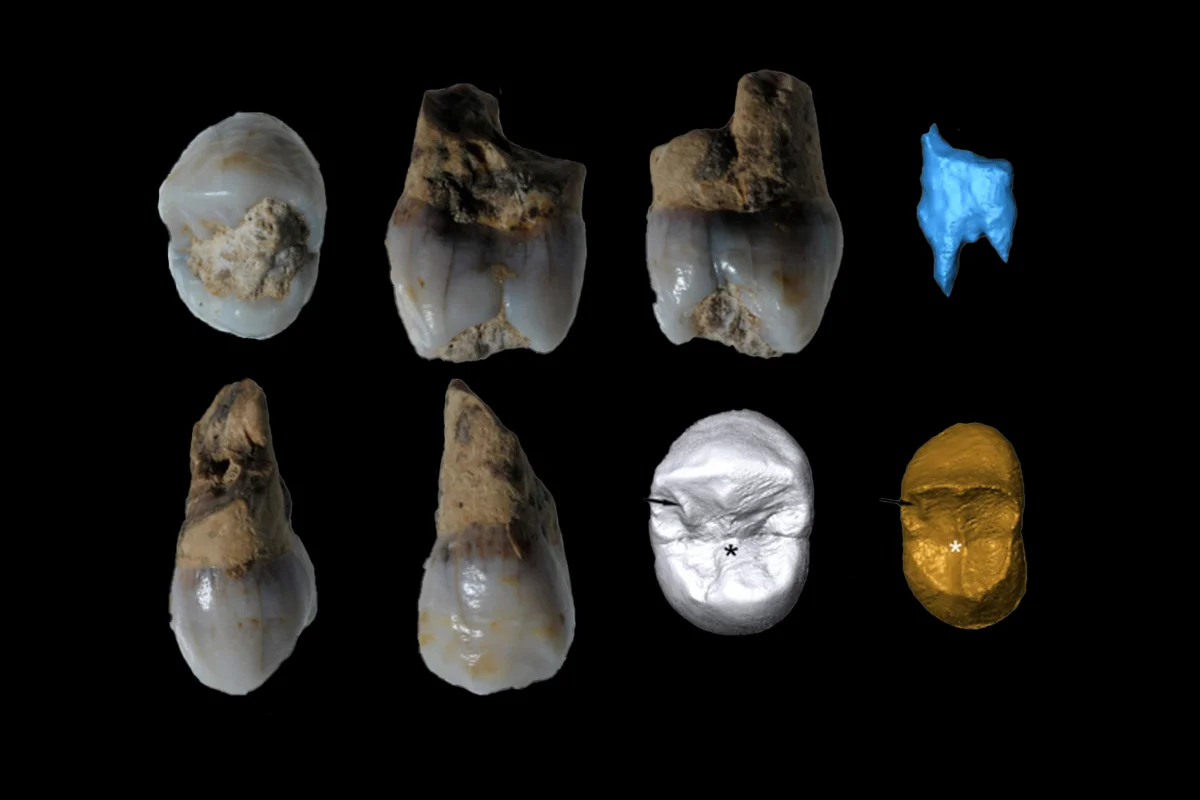A study, led by Dr. Marina Lozano of IPHES-CERCA, has found dental remains belonging to three Neanderthals (Homo neanderthalensis) in Abreda Cave.
Abreda Cave is part of the Reclau Caves complex and is located in the Serinyà Prehistoric Caves Park in Spain’s Girona province.
The cave was used as a shelter by various groups of animals, Neanderthals, and modern humans, with five distinct cultural layers dating to the Neolithic, Solutrian, Upper Perigordian, evolved Aurinyacian and Mousteria.
Archaeological evidence suggests that the cave was first inhabited by Neanderthals between 140,000 and 39,000 years ago, and by modern humans between 39,000 up to 16,000 years ago.
According to a new study, dental remains found in the cave stratigraphy belong to three Neanderthal individuals: an infant, a juvenile, and an adult.
Two of the teeth are estimated to be at least 120,000 years old, while the third is dated to between 71,000 and 44,000 years ago. According to the study authors, the clear distinction in dates suggest that Neanderthals inhabited the area during two separate time periods.
Dr Lozano used advanced microtomography (µCT) to produce detailed 3D models of the teeth. This analysis uncovered features such as enamel thickness, pulp cavity volume, and the enamel-dentin junction. Scanning electron microscopy was also applied to assess possible post-depositional alterations to the tooth surface.
According to Dr Lozano, “The discovery is significant because it allows us to obtain more information about the presence of Neanderthals in Arbreda at different times (about 120,000 years ago and between 71,000 and 44,000 years ago).”
“The most modern remains are particularly interesting as they lead the study of the subsistence strategies of the last Neanderthals of the Iberian Peninsula, at a time when coexistence with anatomically modern humans can be glimpsed,” added Dr Lozano.
Header Image Credit : IPHES-CERCA
Sources : IPHES-CERCA





